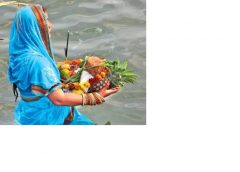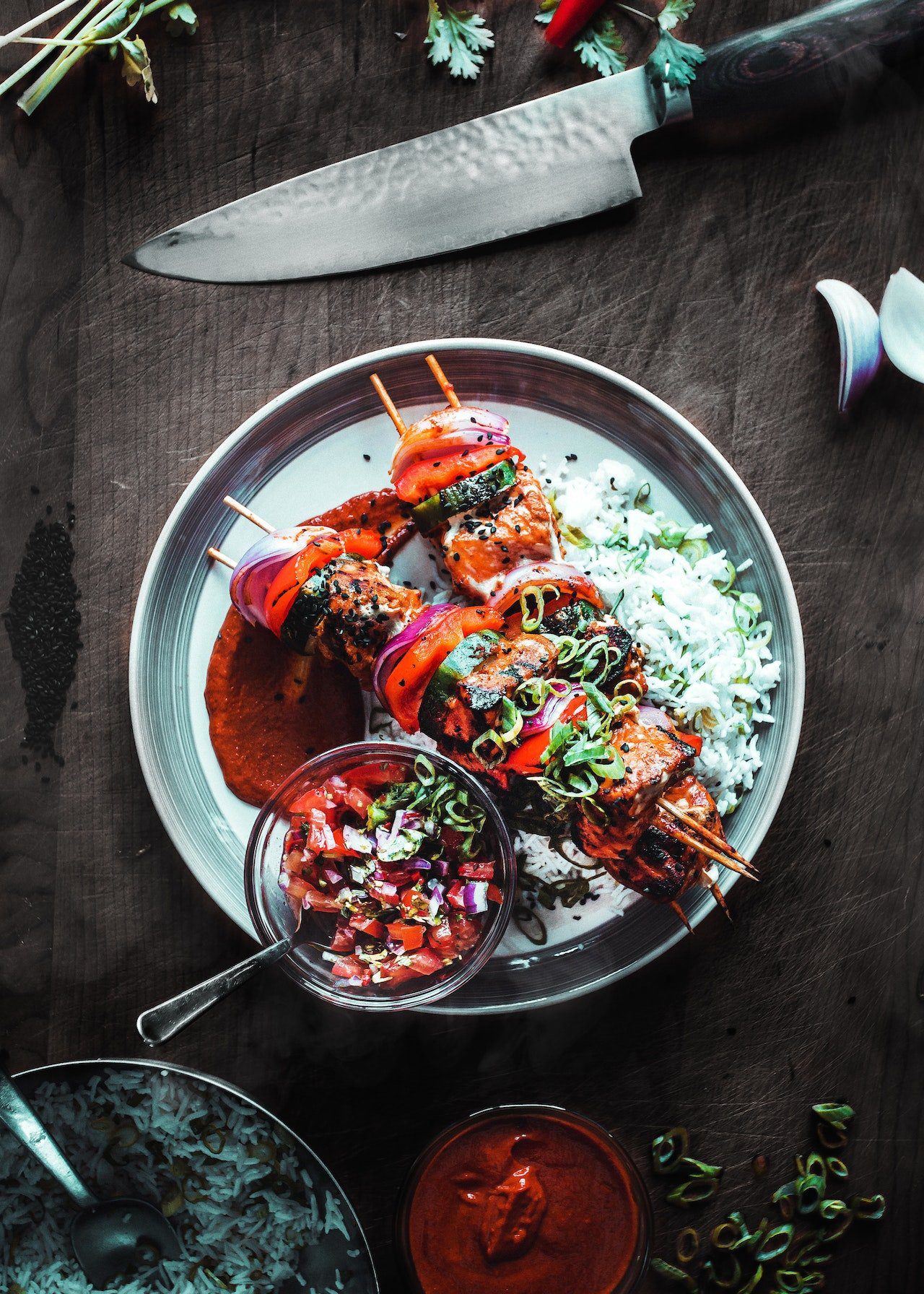Chhatt Puja is celebrated in certain states in North India namely Eastern Uttar Pradesh, Jharkhand, and Bihar. It is also popular in Nepal. It is a Vedic festival that is dedicated to the Sun God (Lord Surya) and Chhathi Maiya (another name for Goddess Usha and a known sister to Lord Surya).
The festival is called ‘Chhath’ because it means the number 6 in Hindi or Nepali. The festival is celebrated on the 6th day of the month of Karthika.
The celebrations last for 4 days thanking the Sun God, the source of all powers. Devotees of the Sun God observe a fast called Vrati. Chhath Puja occurs twice a year – once during summer and once during winter.
Karthik Chhath is performed on the 6th day of the Karthika month known as Kartika Shukla Shashti.
This day falls during October or November every year as per the Hindu Calendar. In the summer, it is celebrated a few days after Holi, and is known as Chaiti Chhath.
The rituals surrounding Chhath Puja are supposedly harsher when compared to other Hindu festivals. They involve strict fasting (without water), taking a dip in rivers/water bodies, standing in water and offering prayers, facing the sun for a prolonged period, and offering ‘prasad’ to the Sun during sunrise and sunset. Any food prepared during the festival will have no salt, onion, or garlic.
On first day Nahay Khay – This involves taking a dip in a holy water body and fasting all day. Ladies observing the fast can have 1 meal the whole day. The meal has to be home cooked.Second Day: Lohanda and Kharna – A fast has to be maintained the whole day. It is broken after sunset and with prasad (popular: Kheer and Chapati). After this another fast has to be observed for the next 36 hours without water. On third day Sandhya Arghya – Prasad is prepared at home and taken to the river in the evening and offered to the setting sun. Women wear turmeric yellow coloured sarees while performing this ritual.and on fourth Usha Arghya – On the last day of the festival, devotees make offerings to the rising sun at the riverbank. On this day, the devotees break their 36-hour fast, resulting in the end of the festival. Relatives share prasad together.
As prasad is of particular significance to this festival, here’s what goes into making them – rice, fresh fruits, dry fruits, wheat, jaggery, nuts, coconuts, and ghee. Thekua is a popular dish which is a cookie made of wheat flour. Chhath puja in Bihar: Chhath puja is the main festival of the residents of Bihar. Bakargao in Nalanda and Ular Sun temple in Patna are especially famous for their Chhath celebrations.
Chhath puja in Uttar Pradesh: Chhath puja is mainly celebrated in the eastern part of Uttar Pradesh. A public holiday is observed on the eve of the festival in the state. And Chhath puja in Madhya Pradesh and Chhattisgarh: Chhath puja is also celebrated in central India in the states of Madhya Pradesh and Chhattisgarh.
Chhath puja is one of the most important festivals celebrated in the country and one of the most arduous, too. The fasting for four days is a ritual that is to be followed without fail by the women of the family celebrating the puja.



